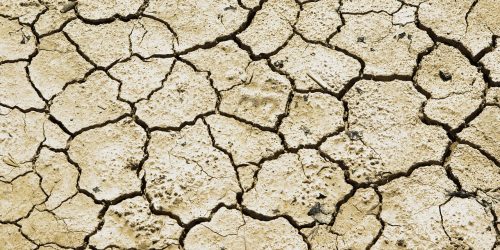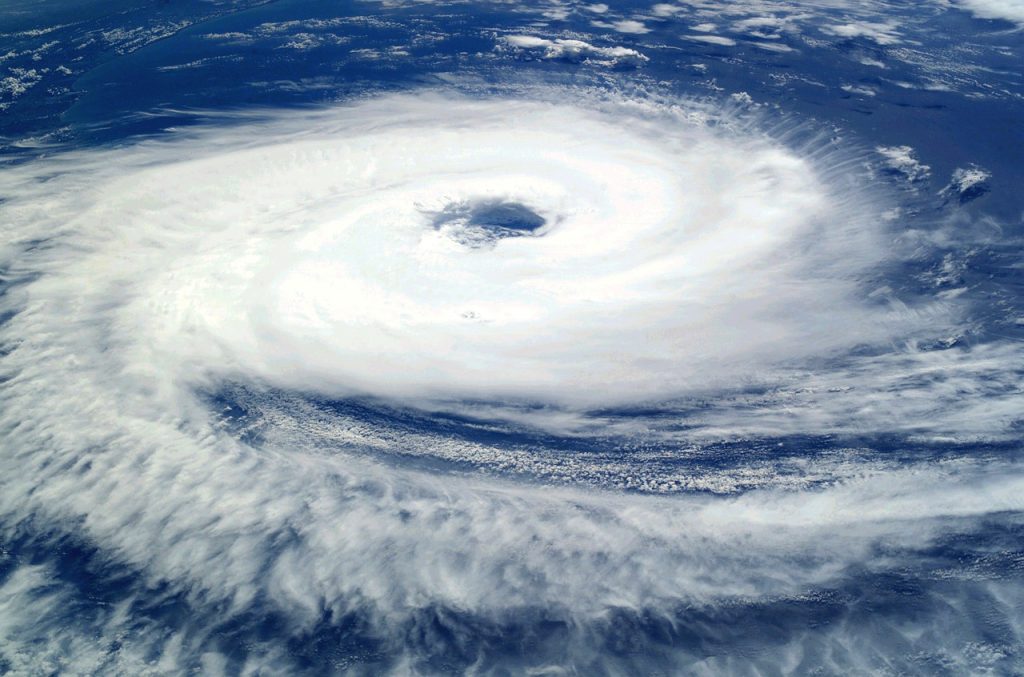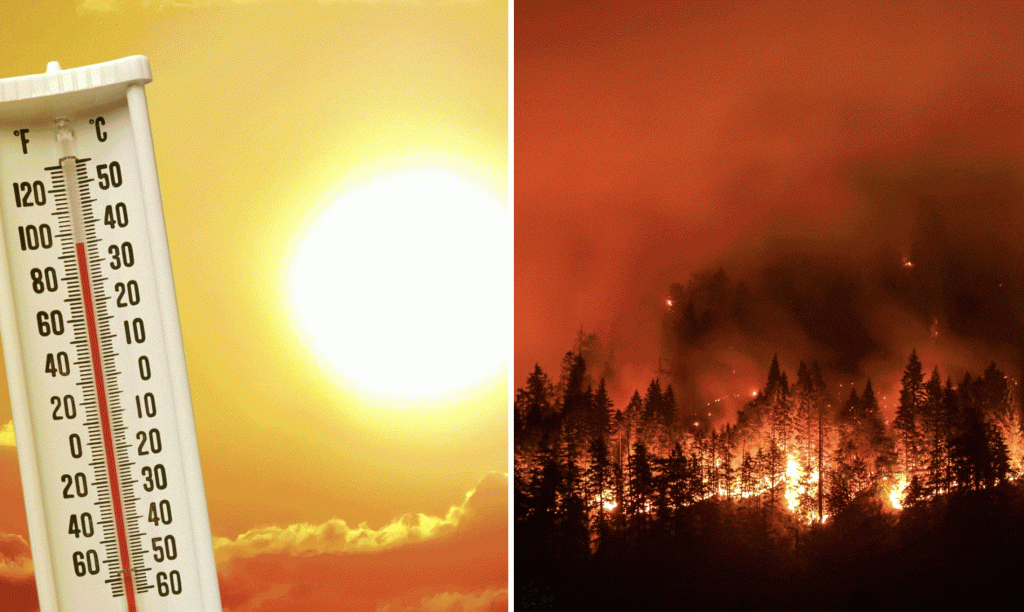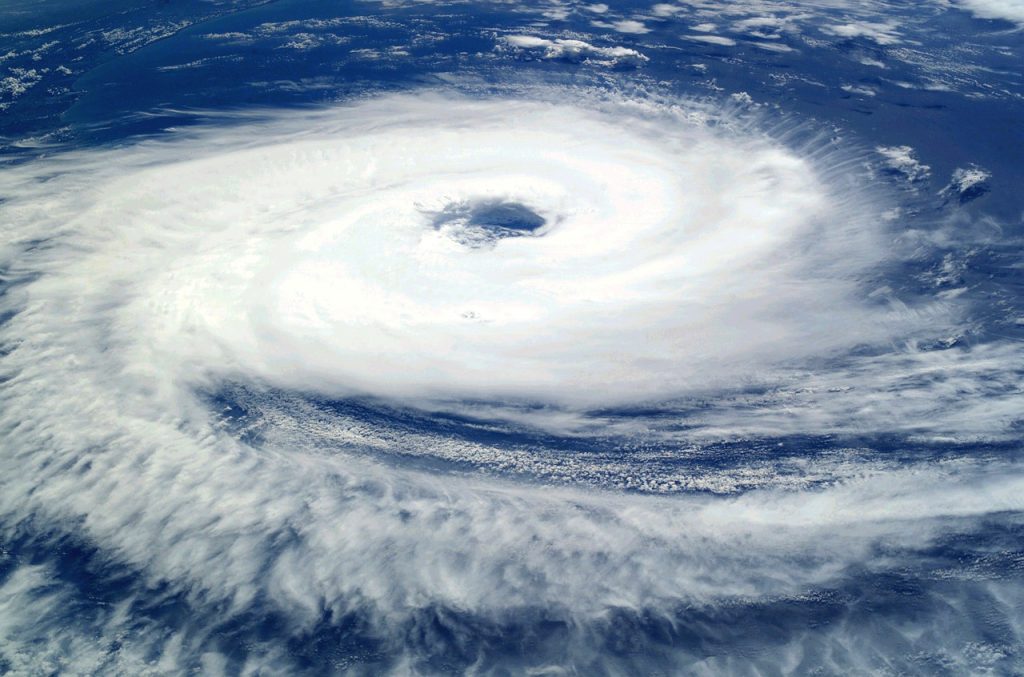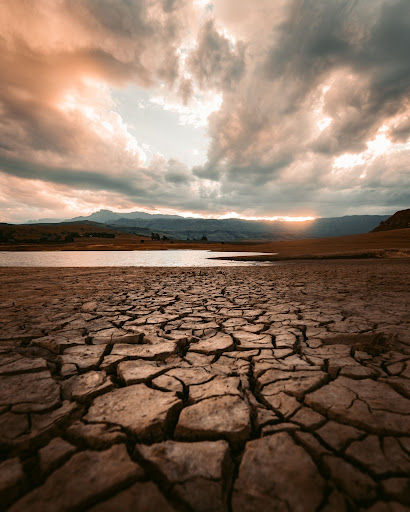A new study projects that under the highest-emission scenario, 62 percent of the world’s land area could face more frequent and severe multi-year droughts, highlighting urgent challenges for global water resource management.
More News
This new review paper presents the state of the science on tropical cyclone frequency: what we know, what remains to be figured out, and why…
Congressman Sean Casten of Illinois referenced new research on vapor pressure deficit to support his amendment calling for a study on the interaction between climate…
A new study, part of NOAA’s Drought Task Force IV research, shows the leading cause of the rapid increase of wildfires over the western U.S….
A new framework helps explain why the Atlantic hurricane season is most intense, or sharp, between August and October….
New research highlights the key structural differences among the most recent generation of earth system models that matter most to regional fisheries end users….
CPO’s Modeling, Analysis, Predictions, and Projections (MAPP) program is announcing 6 new 3-year projects in Fiscal Year 2021 that aim to address key issues in the representation…
MAPP-funded scientist Dr. Alison Wing was recognized for her work using models and simulations that could help predict how a hotter planet will reshape clouds…
According to the report, the drought caused roughly $11.4–$23 billion in economic losses in 2020—including impacts from associated wildfires. Economic losses for 2021 will…
For the past two decades, the southwestern United States has been desiccated by one of the most severe long-term droughts—or ‘megadroughts’—of the last 1,200 years….
Results show the increasing frequency of these compound extremes is strongly driven by human-caused warming and drying trends….


